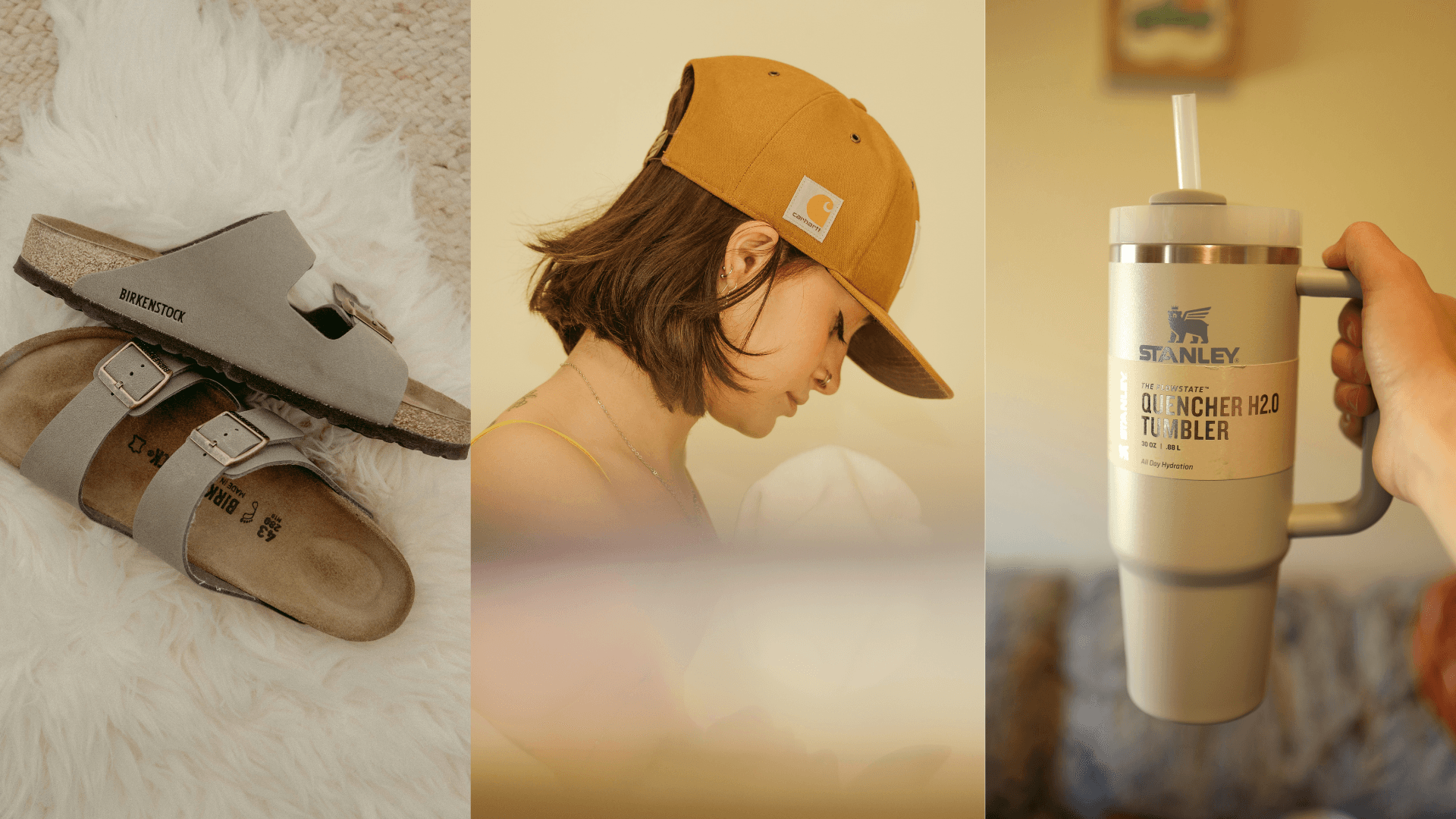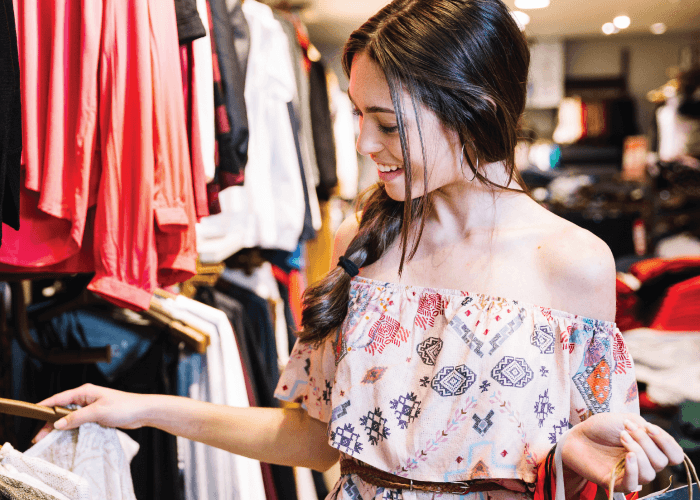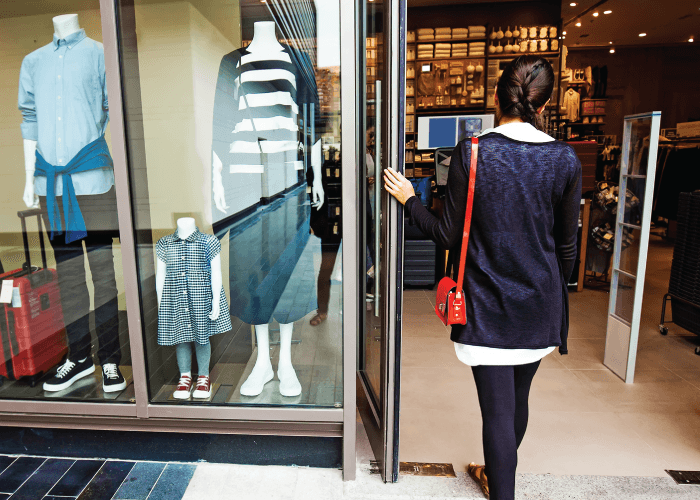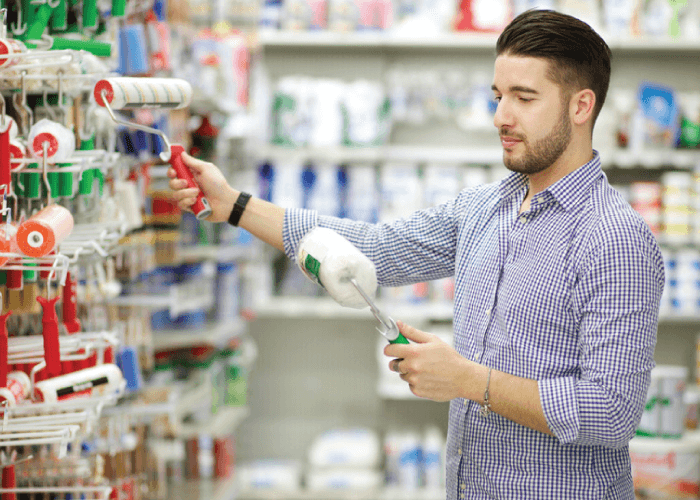Retail Reinvention: How 3 Legacy Brands Stay Relevant Today

On this page
Social media has ushered in an age of reinvention for legacy brands. One viral video could be the difference between niche popularity and mass appeal – and some legacy brands have excelled online. Audience tastes are constantly evolving (and so are the social media platforms that host them), so pandering to current trends may prove costly in the long run. Instead, these three examples illustrate that sticking to the basics of a clear brand message and producing high-quality products is enough to keep you relevant and competitive, even if the products come in at a higher price point.
READ MORE: 2024 Retail Trends Worth Having On Your Radar
Stanley: A Cup Of Success
Founded in 1913 by inventor William Stanley Jr., Stanley has traditionally been marketed as a brand for workmen and outdoorsmen. The brand has been most famous for its hardy flasks for a century. The steel tumblers and flasks are “Built For Life™” to reduce environmental impact and spend over time. However, TikTok has catapulted the brand to new heights and reached a whole new demographic.
Stanley has been gaining traction online for years. A recent Retail Dive article posits that the code that was cracked is simple: the power of women selling to women. TikTok removed Stanley from its masculine positioning when legions of women took up the brand’s “Quencher” brand of tumblers, which was introduced in 2016. Since this shift, the brand’s website shows women having coffee, a person doing yoga, and two women walking and chatting while holding their “Stanley cups”.
At the time of this article, there are close to six hundred thousand posts with the hashtag #StanelyCup on TikTok. The popular drinkware has inadvertently hijacked the “Stanley Cup” moniker from the National Hockey League (NHL) that hockey champions first used decades before. A real bump in the Stanley trajectory came in November 2023 after a woman’s car set alight, leaving her belongings and the car itself unsalvagable. The only thing that made it out of the fire was the Stanley tumbler perched in the cupholder; bonus points were awarded because the tumbler still contained ice post-fire. The woman's video detailing the incident and the resilience of Stanley currently has 95.8 million views on TikTok.
Since then, the brand has rolled out many new colors and a bigger variation of their famous quencher range. Most recently, it collaborated with Starbucks to launch a limited edition pink tumbler – and shoppers didn’t hesitate to break into fights in stores like Target to secure it.
👉 Key takeaway: Catching breaks online is ideal, but these can be difficult to manufacture. Instead, consider your target audience and what they want to see. Moreover, strategize growth opportunities that include new target markets – heaps of untapped potential could be waiting for you. Plus, don’t shy away from collaborations when audiences overlap.
Carhartt: The Circular Darling
Carhartt prides itself on delivering durable workwear and outdoor wear, and has done so since 1889. The brand manufactures apparel for men and women, and its rugged jackets have become nothing short of legendary. In an article titled “The Curious Case Of The Sudden Carhartt Boom,” British GQ explores the brand’s “quiet hype” that has attracted millions of new customers in the past few years.
Their conclusion? Carhartt transcends trends. However, it’s worth noting that workwear has been a trend in menswear since 2020 – and the brand has done well to position itself as contemporary despite its best-sellers being decades-old designs. The ‘secret sauce’, as it were, lies in the brand’s communication of authenticity. Laura Leeb, the author of the 2019 PWC report Streetwear: the New Exclusivity, wrote how “brands that have a long history, such as Carhartt and others like Dickies, Patagonia, and Converse, that stay true to their original blue-collar customer base and functional needs in clothing possess a strong sense of authenticity.”
This “authenticity” carries through to the secondhand market, where Carhartt pieces are snapped up as soon as they’re listed on online marketplaces or in upmarket thrift stores. Carhartt has maintained its value in the circular economy that has developed around more expensive or unique fashion, with jackets selling secondhand for a near-comparable price to new ones.
👉 Key takeaway: Stay true to your brand’s vision. Trends will come and go, but quality must remain consistent. The perception of hard-wearing quality and value will ultimately contribute to products’ authenticity, meaning they will maintain value for years past their first owner. As shoppers increasingly demand more circularity, this will stand you in good stead.
READ MORE: Retail Impact: Europe’s Move Towards Sustainable Fashion
Birkenstock: Legacy Leather Does Fashion
Believe it or not, Birkenstock has been around since 1774. The German shoe manufacturer is well-known for its sandals and other shoes that feature contoured cork footbeds made with layers of suede and jute. The shoes were first introduced to the American market in 1966 and were primarily sold in health stores. As a result, they became popular with the hippie subculture in the 1970s. By the 1980s, they had fallen out of fashion, but it was reported in 2023 that the average Birkenstock customer in the US owns more than 3 pairs. Birkenstocks are back.
Over the past few years, Birkenstock has undergone a remarkable transformation by strategically expanding its product offerings to appeal to a broader audience. The brand has traditionally been known for its iconic cork footbed sandals, but it has diversified its designs to include a more extensive range of styles, materials, and colors. By embracing fashion trends and incorporating innovative elements while maintaining the core comfort and quality associated with the brand, Birkenstock has successfully attracted a wider consumer base. This evolution has not only enhanced the brand's appeal among younger demographics but has also allowed Birkenstock to establish itself as a versatile and fashionable choice across various occasions.
Today, it's a multibillion-dollar company popular among celebrities and influencers, collaborating with the world's top luxury fashion houses, including Dior, Manolo Blahnik, and Rick Owens. According to CBS News, the brand's focus on providing high-quality products has coincided with a recent trend among younger generations to reject traditional beauty standards. This trend involves intentionally dressing in ways that might typically be considered unattractive or embracing styles that are often labeled as “ugly.” Many new fans may have discovered the brand through collaborations, but they stay for the comfort and durability.
These once-“ugly” shoes now boast a huge, passionate online following – and it shows in its fiscals. The brand expects revenue for 2024 to range between 1.74 billion euros and 1.76 billion euros and has recently transitioned into a publicly traded company.
👉 Key takeaway: It is crucial to acknowledge the significance of staying up-to-date with the constantly evolving market, being flexible with consumer preferences, and finding a middle ground between traditional and innovative approaches. The secret lies in comprehending and responding to the diverse needs of consumers, which ultimately leads to building brand trust and longevity in a highly competitive industry.
The lesson for retailers: create quality merchandise, stick to what differentiates you, listen to your audience(s), and your brand will stand the test of time. Now, social media is a massive part of any retail business strategy, but this may not be the case in 30 years. With so much tech innovation afoot, consistent quality is what brands should be betting on.
READ MORE: Understanding ‘Hyperphysical’ Luxury Retail
About the author:

Ashton Kirsten, Global Brand Manager, RetailNext
Ashton holds a Master's Degree in English and is passionate about physical retail's unbridled potential to excite, entertain, serve, and solve problems for today's shoppers.




